It is a generally acknowledged fact that fossil fuels and all its derivates are a limited resource. It is estimated that in less than 50 years, car fuel will become unavailable thus bringing forth an important question regarding the lifetime of the classic combustion engine.
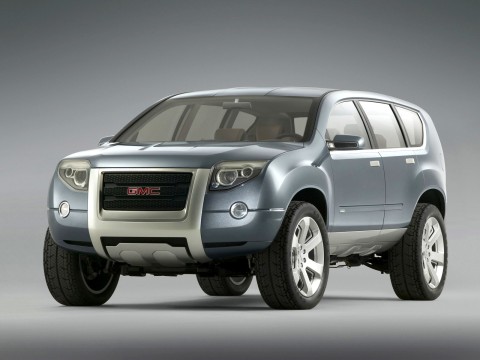
At one end theres the everlasting race for technology that the car giants are caught up in whos hybrid will be the safest, cleanest and most efficient but at the other end theres the consumer and his realistic needs for a dependable vehicle. And what can be better combination of safety, cleanness and efficiency than an eco-friendly (mind you not necessarily Green) 4x4?
Starting with 2008, there has been a boost of hybrid 4x4s from various companies, in the hope of erasing the polluting muddy off road truck stigmata.
A first and unexpected name in the eco-friendly territory is car giant GMC, who stepped up to the plate with its Graphyte model ever since the 2005 Detroit Show. The prototype can reduce emissions by 25 percent, compared to its classic 5.3 V8 equivalent. Apart from its ability to use cylinders selectively when operating on gas, it can also lower its height by 4.7 inches to reduce wind resistance and thus save on fuel.
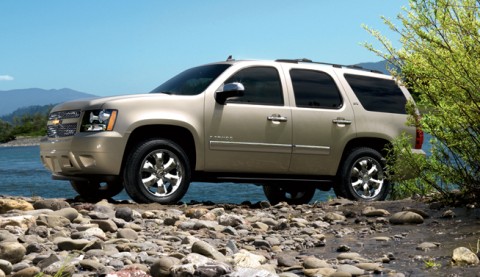
From the same side of the Atlantic Ocean, Chevrolet brings forth two trucks that also function on the same principle. Seeing how the already famous Chevy Tahoe made a reputation for itself, much like anything that comes from the USA, of being much to wasteful with gasoline, the company managed to lower its fuel consumption as well as emissions by nearly 50%. The hybrid is especially useful in city conditions, as it runs exclusively on electricity and also recovers energy when the brakes are applied. Voted Green Car of the Year in 2007, the 2,7 ton Tahoe truck is one of the best solutions for an eco-friendly 4x4. Another impressive achievement by the same brand is the Equinox Fuel Cell, which is produced in a small series. Since 2007, an estimate of 100 Equinox trucks are being driven throughout the world on a daily basis as part of a practical test phase. Unlike its bigger brother, the HydroGen4 as its called in Europe, uses no gasoline and produces no fumes. Its powered by a 125 Hp electric engine which has no problems starting below freezing and performs beautifully in any conditions, as the company presented it.
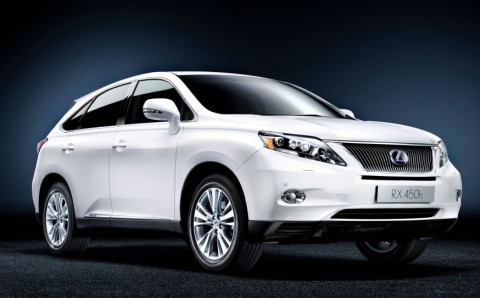
The Japanese market revealed its hybrid solution at the beginning of 2009, the Lexus RX450H flagship. At this point in time the 40 mpg truck one of the very few hybrids available for the general public, with a large number of companies hot on its trails - although the Toyota - derived company is far ahead. The R450h is already the second generation of hybrid vehicles that is coming out the factory gates. The RX450h has class-leading carbon emissions of just 148g/km and a combined cycle fuel economy of only 6,3l/100km on an Atkinson cycle 3,5-litre V6, the PERFORMANCEHYBRID, with total system output up to 220kW. The fuel consumption is lowered by means of three different systems that reuse as much of the energy as possible: Atkinson cycle combustion, cooled exhaust gas recirculation (EGR) and exhaust heat recovery (EHR). In an Atkinson cycle engine the valves close late, delaying compression. This creates a high expansion ratio for less compression, reducing intake and exhaust energy losses and converting combustion energy into engine power more effectively. EGR reintroduces cooled exhaust gas into the combustion chamber, further reducing the engines operating temperatures.
Together these technologies minimize the need for any fuel enrichment to provide a cooling effect and protect the catalytic converter from overheating damage, thereby improving fuel economy and reducing emissions. The EHR system uses exhaust gas heat to warm the engine coolant at start-up. This reduces the time the engine needs to warm up, allowing it to be shut off earlier for longer electric motor-only operation, particularly in winter. As it stands now, the Lexus is not only a luxury SUV but also the pinnacle of green driving at this point in time.
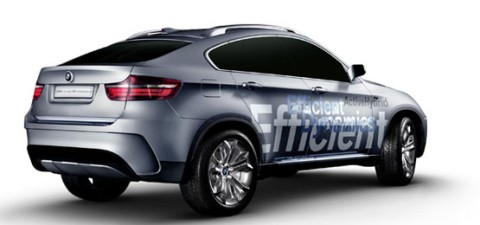
In Germany, BMW has perfected and thus proceeded to mass produce its own vision of the hybrid alternative the ActiveHybrid X6. With two electric motors mated to the powerful V8 engine, the Germans claim that the new X6 is the worlds most powerful hybrid, also offering a reduction in fuel consumption and emissions over the equivalent petrol-only X6 by around 20%.
The car is fitted with two electric engines which respectively produce 90 and 85bhp, and together with the 401bhp/442lb ft 4.4-litre twin-turbo V8, produce a total of 478bhp and 575lb ft and all that for only 0.2 second difference at the 0 to 60 time, compared to its petrol-fuelled relative.
Further more, the skills that the new X6 comes equipped with also include running on electric power only, automatically shutting down in stationary traffic and capturing lost energy under braking, then yes the new BMW ActiveHybrid X6 has all the gadgets youd possibly imagine.
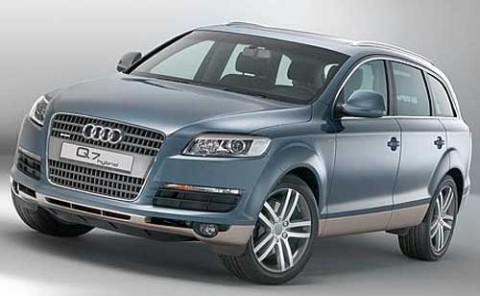
Germanys second response to the eco trend came in the shape of the new Q7 petrol hybrid from Audi. The 3.5 liter luxury SUV with the new 44 HP electric engine uses a gallon of petrol for 24 miles that is almost a quarter less than its non-hybrid counterpart. In its non-polluting mode, it can run silently at a maximum speed of 31 mph, ideal for the city traffic. Unfortunately the well-intended eco-engine can only power the 2.5 ton truck for a little over a mile before the combustion engine needs to switch back on and charge the batteries. Audi released a calculation, according to which the Q7 recovers about 720kw of energy (about a sixth of what a four person household uses over a year) in a years driving calculated against an average annual distance of 13 thousand miles.
By now readers have probably divided in two camps: one that is currently thinking about actually buying one of the new, improved yet fairly expensive eco SUVs and the other, undoubtedly outnumbering the first, who are thinking Right, thirty thousand dollars to save the penguins? I dont think so
For those of you who are not even considering buying a brand new eco-truck, theres another option: conversions!
Apparently, the world of engines still has some secrets left to uncover and by uncover I mean trial and error experiments with internal combustion engines. As it were, the older engines, such as Land Rovers 200/300 Tdi, early G Klasse Mercedeses as well as Toyota Land Cruisers (all of which have not yet been fitted with electronic injection) can run on what is now known as SVO or WVO. There are those who have bravely poured experimental fuels (SVO straight veggie oil/ WVO waste veggie oil) in their cars with or without a mix of regular fuels and run their cars in traffic today.
As it turns out, there is a whole underground culture of drivers who are eco on their own. There are barrels across Europe, in private garages, where oil is left to settle, cleaned by filtering and then used as fuel. Simple yet brilliant. I am not, in any way suggesting that you should run off to the nearest fast food place, buy their used oil and pour it in your car. But it is something to think about. It is undoubtedly a clean and convenient way do your bit for the environment. It might be the right time that all of us who drive, build and race trucks think about improving our ever increasing carbon footprint.
On a similar note: yes, there have been errors. Fuel filters and generally engines have not been designed in such way as to run on rapeseed oil and unleaded in a generally trial and error percentage. Its a growing culture still, regardless of the many ways things can backfire.